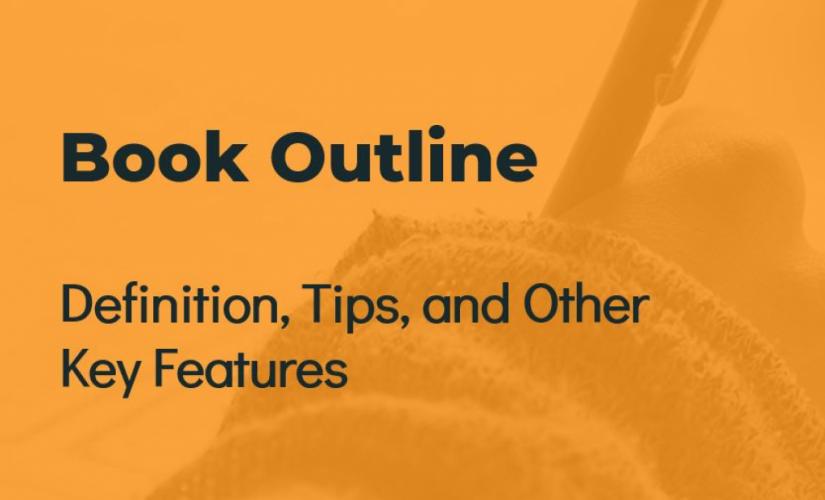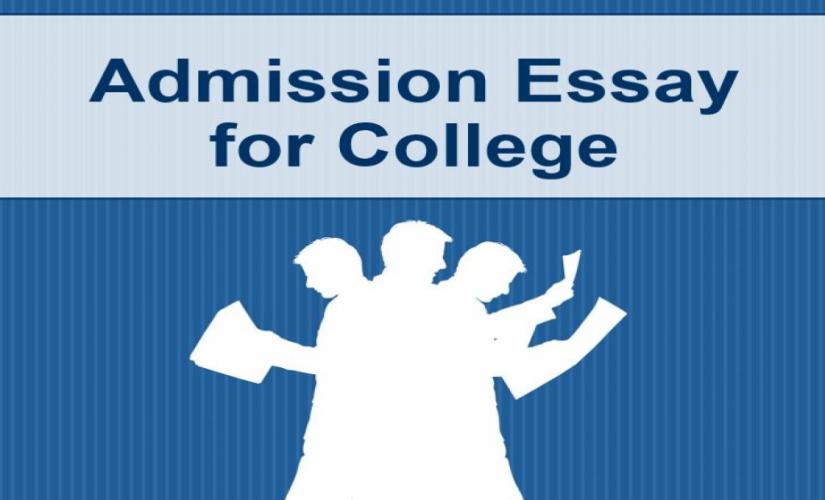A resume may require the incorporation of a personal statement. Basically, people confuse this piece of writing with a typical personal statement for college applications. Also, they need to know what is a personal statement in resume. In particular, the purpose, structural elements, content, and language requirements provide a comprehensive explanation of the personal statement’s writing process.
The Purpose of Writing a Personal Statement in Resume
The personal statement in resume does not have an identical role as a typical personal statement. For instance, people use this type of personal statement to outline their key attributes and unique achievements. Also, it enables a hiring manager to determine whether it is necessary to read through the entire resume. During job hunting, first impressions play a crucial role in securing an interview. Hence, a personal statement provides applicants with the chance to pitch themselves to the potential employer.

The Structure
The structure of a personal statement in resume is relatively simple. For example, a personal statement appears as a single paragraph that has a word count ranging between 50 and 150. In this case, applicants should create a brief pitch that highlights the most relevant information for a particular job opening. Besides, the length of a personal statement should be kept to a minimum despite the 150-word count limit. Then, detailed information concerning the applicant is reserved for other elements of an application, for example, a letter of interest. In turn, writers design the compact structure of a personal statement to capture the hiring manager’s attention. Also, it encourages a detailed reading of the resume and other complementary documents.
The Content of Personal Statements
Hiring managers are interested in three essential pieces of information that applicants must include in personal statements. Firstly, the applicant should declare their professional identity. In this case, a professional identity describes the particular job title that the applicant has held in previous jobs and the industry. Secondly, people incorporate some sentences demonstrating value addition to the firm or company in a personal statement. Moreover, applicants attempt to illustrate their value by mentioning some of their prominent achievements. Finally, they mention their career goals by considering a personal statement in resume. In turn, career goals assist the hiring manager in judging the suitability of the job opening through checking if the primary roles of the job are aligned with the applicant’s personal goals. Thus, the content of a personal statement is restrictive.
Language in Resumes
The language used in a personal statement demonstrates a high level of specificity and consistency. For example, the information included in a personal statement mentions particular examples and utilizes keywords of the industry. In this case, the author should avoid ambiguous words and rely heavily on keywords. Also, people need sentences that are easily understood by sector professionals. In turn, the first person or third person perspective may be used, but consistency is mandatory. Besides, writers should use the first-person perspective due to its nature, covering a personal statement in resume. On the other hand, the applicant should maintain a single perspective throughout the statement. Hence, unambiguous language and correct grammatical presentation improve the quality of the personal statement.
Summing Up on Personal Statement in Resume
Applicants can successfully write a personal statement in resume if they know its purpose, content, and presentation guidelines. Basically, authors should choose ideal content that meets the hiring manager’s needs and efficiently utilizes the low word count. In turn, the proper use of language and grammar significantly contributes to the effectiveness of the text.


